Description
Designing a small cosmetic shop in a mall requires careful planning to optimize the limited space while creating an attractive and functional environment for customers. Here are some considerations for designing a small cosmetic shop in a mall:
- Store Layout: Determine the best layout that maximizes the available space. Common store layouts include straight, diagonal, or angular designs. Consider factors such as customer flow, visibility of products, and ease of navigation.
- Entrance and Window Display: Create an eye-catching entrance and engaging window display to attract customers. Utilize creative signage, lighting, and visuals that reflect your brand’s identity and showcase popular or new products.
- Functional Zones: Divide the shop into different functional zones, such as product displays, checkout counter, consultation area, and makeup application stations. Each zone should have clear boundaries and be designed to accommodate the specific activities and customer needs.
- Product Display: Utilize wall shelving, tabletop displays, and wall-mounted racks to showcase the products effectively. Use adjustable shelves and modular fixtures to optimize space and adapt to changing product assortments. Highlight key products or promotions with strategic placement and appropriate lighting.
- Lighting: Ensure the shop is well-lit with a combination of ambient, task, and accent lighting. Proper lighting enhances product visibility and creates an inviting atmosphere. Consider using LED lighting for energy efficiency and adjustable lighting fixtures to highlight specific areas or products.
- Color Scheme and Branding: Select a color scheme that aligns with your brand identity and creates a visually appealing environment. Incorporate your brand’s logo, graphics, and visual elements throughout the shop to reinforce brand recognition.
- Mirrors and Makeup Stations: Install mirrors at appropriate heights and angles, allowing customers to try out products and visualize their results. Provide well-equipped makeup stations with comfortable seating, good lighting, and mirrors for customers to experiment with the products.
- Storage and Inventory Management: Optimize storage space by utilizing built-in cabinets, drawers, or storage units. Incorporate inventory management systems to ensure efficient restocking and organization of products, keeping the shop tidy and well-stocked.
- Customer Experience and Interaction: Consider incorporating interactive elements such as product testers, touchscreens with tutorials or product information, or digital signage to engage customers and enhance their shopping experience.
- Checkout Area: Design an efficient and aesthetically pleasing checkout area. Provide sufficient counter space for transactions, point-of-sale systems, and bagging areas. Ensure a smooth flow of customers in and out of the checkout zone.
- Comfortable Seating: If space allows, provide seating areas for customers to rest or wait comfortably. This can enhance the overall shopping experience, especially if customers are accompanied by friends or family.
- Accessibility and Safety: Ensure that the shop design meets accessibility requirements, including wheelchair accessibility and adequate space for maneuverability. Install safety measures such as non-slip flooring, well-placed security cameras, and clear exit signage.

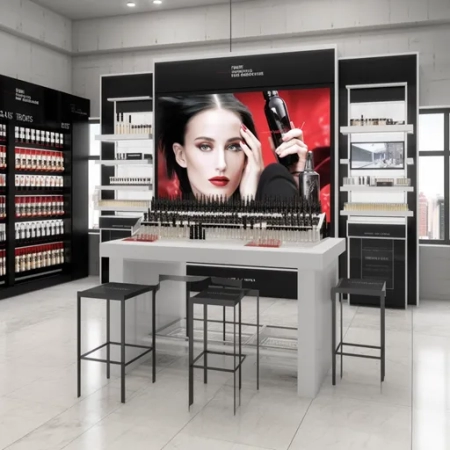
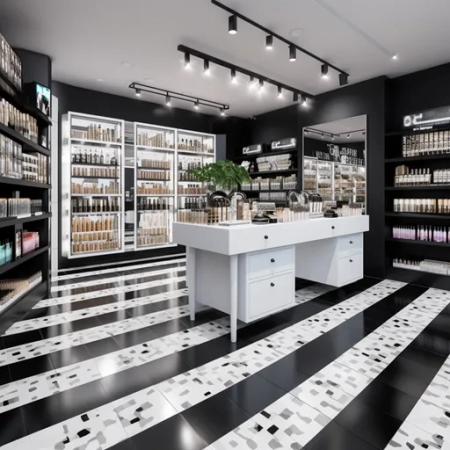
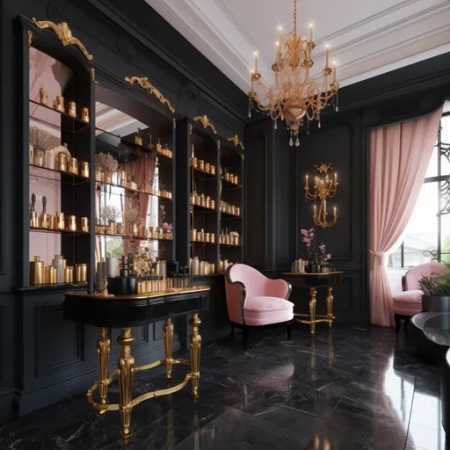
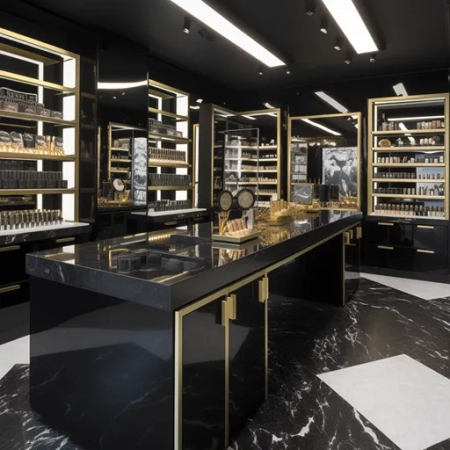
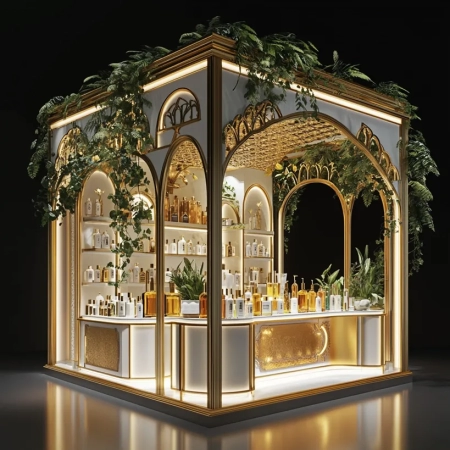



Reviews
There are no reviews yet.